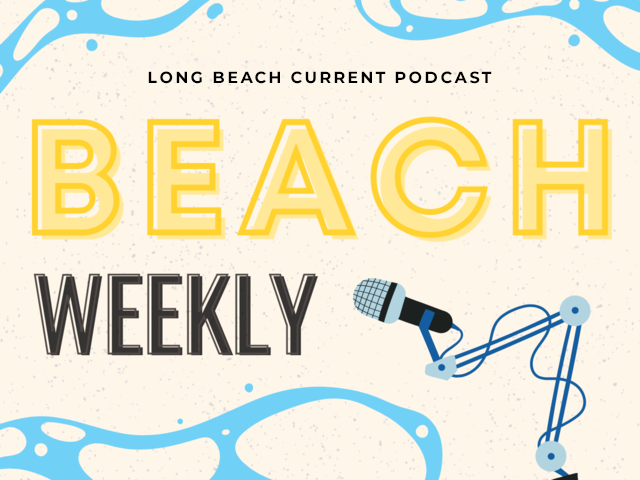This week’s change maker is Jane Goodall. Goodall is known for her work as a primatologist, ethologist and anthropologist. Dr. Goodall revolutionized science, renowned for her profound work with chimpanzees. Her most significant discovery was that chimpanzees create and use tools, such as using sticks to fish for termites. Her main philosophy was that every living being matters, bringing an interest in animal protection rights into a more mainstream topic. In the wake of Jane Goodall’s passing on October 1, the Jane Goodall Institute implores activists inspired by her memory to continue fighting to protect our planet.
In pop culture, there were a multitude of weddings this past month. “The Fosters” star Cierra Ramirez tied the knot with fiancé Johnathon Gonzalez. Pop star and actress Selena Gomez made her vows with music producer Benny Blanco after much anticipation.
With the emphasis on the marital celebration and Western importance on glamor, it’s easy to dismiss the process of how diamonds are found and imported. During the 1990s, when brutal civil wars were being waged in parts of western and central Africa by rebel groups based in diamond-rich areas of their countries.
A siege of what is known as “blood diamonds” was being used to fund wars and escalate problems further. 15 years after the UN had implemented bans to stop these trades from happening, the conflict still resides in the diamond system today. According to Congo’s Ministry of Mines, “nearly 10% of the population relies on income from diamonds, and the country produces about a fifth of the world’s industrial diamonds.” Boycotting regions or countries that have substantially corrupt diamond-exporting systems only hurts the workers more. Bringing light to the dependency of certain industries’ exploitation of citizens could lead to a more beneficial way to solve the issue.
The quote of the day is by journalist and author Elizabeth Gilbert, “You have to participate relentlessly in the manifestation of your own blessings.”

